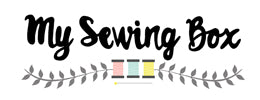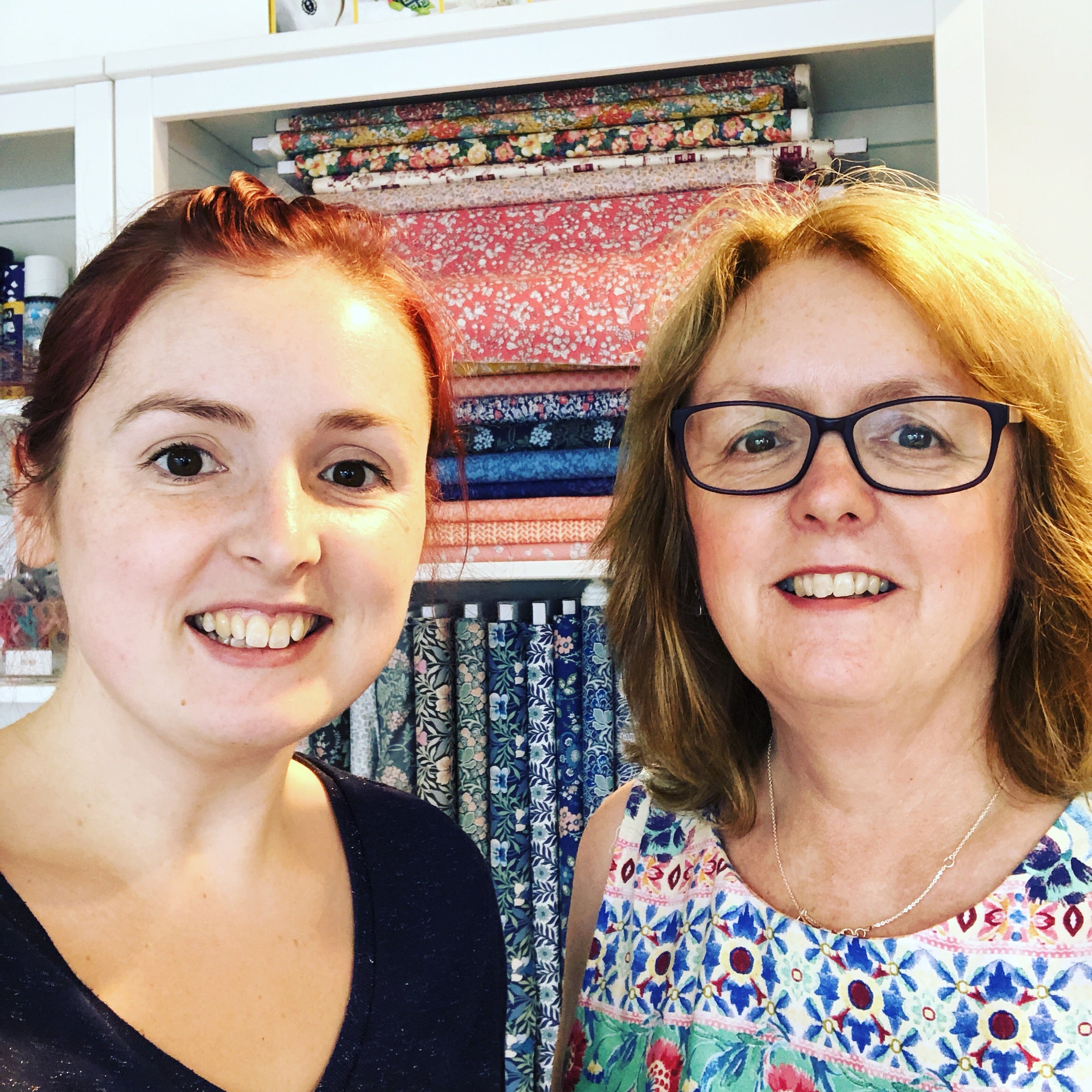Looking to dress up your table for Christmas? Our theme of #12WeeksofStitchmas this week is table decor, so we've put together this sweet little scandi project just for you - don't you love it when we make it easy!
How to Make a Simple Scandi Table Runner

Finished size approx. 1.22m x 40cm
You Will Need
- 1.25m plain red cotton fabric for backing
- 0.5m Makower Scandi Trees Red
- 1 fat quarter Makower Scandi Check Red
- 1 fat quarterMakower Scandi Red
- 1 fat quarter Makower Scandi Hearts Red
- 1 fat quarter Makower Scandi Deer Scatter Red
- 1.25m of 2oz Wadding
- Gutermann thread in red
- 3.5m red bias binding
- Quilters curved safety pins
How to Make
- Start by cutting your fabrics. For all your patterned fabric except for the trees and scandi hearts, you will need to cut two strips measuring 14cm x 32cm including a 1cm seam allowances - these will create the strips in the middle of the table runner.
- For the scandi hearts fabric, cut to size of 42cm x 32cm including seam allowances of 1cm. This will form the centre of the table runner.
- Next you will need to cut your trees fabric to create the border. Cut two pieces measuring 40cm x 7cm including 1cm seam allowances, and four pieces measuring 58cm x 7cm including 1cm seam allowances. Make sure the trees sit straight along the long edge on all pieces.
- Start by making the middle of the table runner first. Take your scandi hearts piece and pin a strip of scandi reindeer to both of the short sides, right sides together. Stitch together with the 1cm seam allowance you allocated when cutting.
- Next, pin the red deer scatter strips onto the ends of the scandi reindeer pieces and stitch together as before.
- Continue steps 4 and 5 to attach the checked heart fabric on the ends.
- Now you need to create the border. Start by stitching two of your 58cm x 7cm tree print pieces together, short sides next to each other, to create one long piece 116cm x 6cm. Don't forget about your seam allowance! Repeat for the other two pieces this size.
- Pin these long tree print pieces to either long edge of your table runner middle section, making sure the trees face outwards on each side. Sew with your seam allowance.
- Do the same for the short edges on either end with the remaining pieces of tree fabric, and sew with your seam allowance. You now have the front of your table runner!
- Time to sandwich! Lay your backing fabric out on a flat surface, and use sellotape to stick down the edges, and make the fabric as taut and flat as possible.
- Next, lay your wadding out on top of the backing fabric. Then lay the top section of your table runner on top of the wadding. If your wadding is too big to see the backing fabric, trim it to the same size as your backing fabric.
- Making sure the edges of the runner top are within the space of the backing fabric and wadding, use quilting pins to sandwich and secure all three layers together. Try to place your pins in the main sections of the fabric instead of the joins!
- Remove the sellotape from the backing fabric, and take your sandwich to your machine. Quilt down the long edges of the middle sections and all the way around the inside edge of the border - or add your own quilted design if you prefer.
- Now trim your backing fabric and wadding layers down to size. You want them to be just a couple of millimetres bigger than the size of your quilt top, so they fill the binding.
- Use your red bias binding to edge the table runner. Start on the long side, pinning and attaching your bias binding on the top first. Then tuck under to the back, pin in place and sew in place, but sew on the top so that it catches the binding on the back - this will give you a neater look on the front.
- Bind the remaining edges of your table runner, making sure you neaten the corners, and you are done!
Buy the project bundle and SAVE >>
PS. If you need extra guidance, I found these videos from Expert Village on key quilting techniques really useful!


